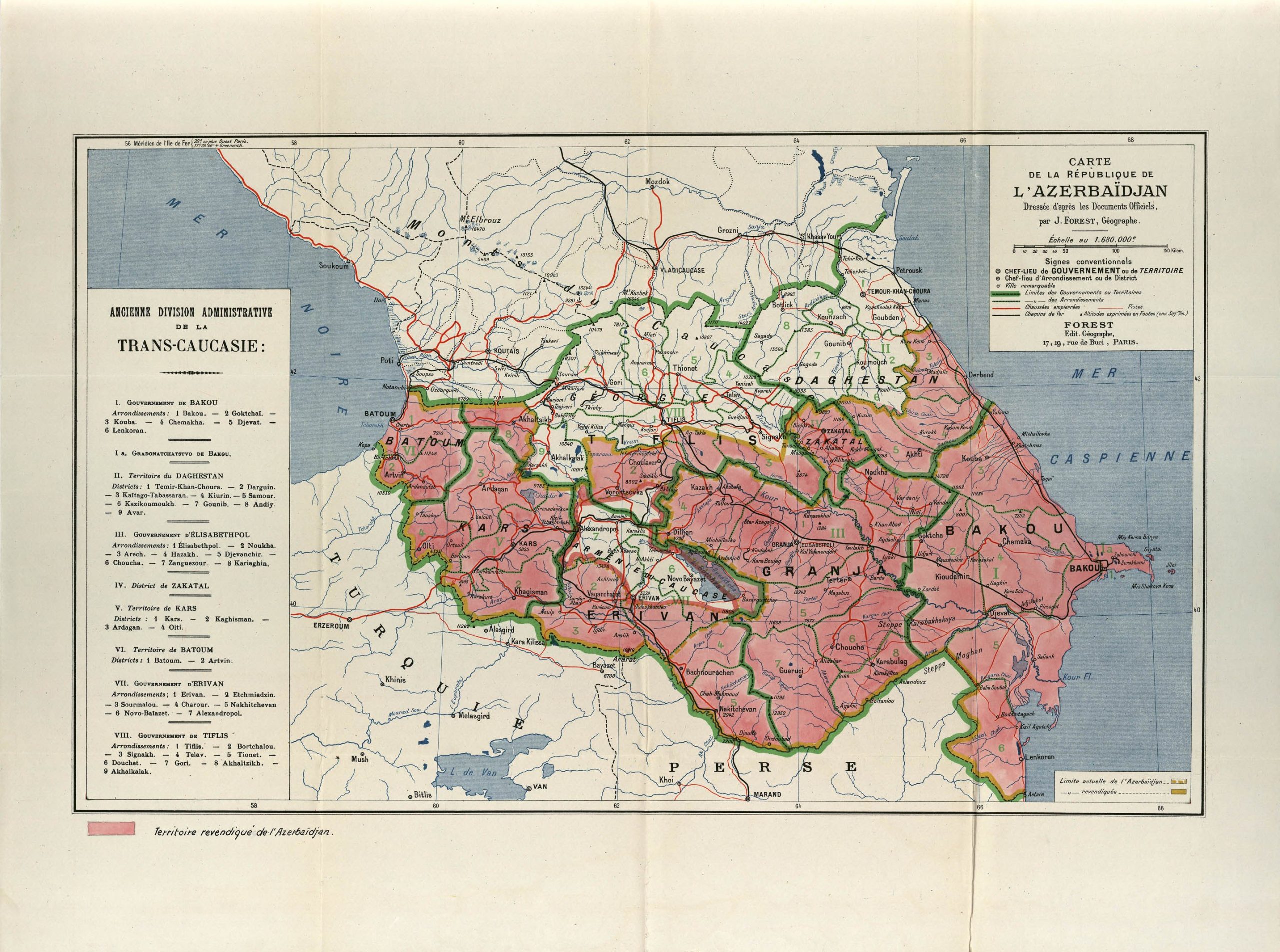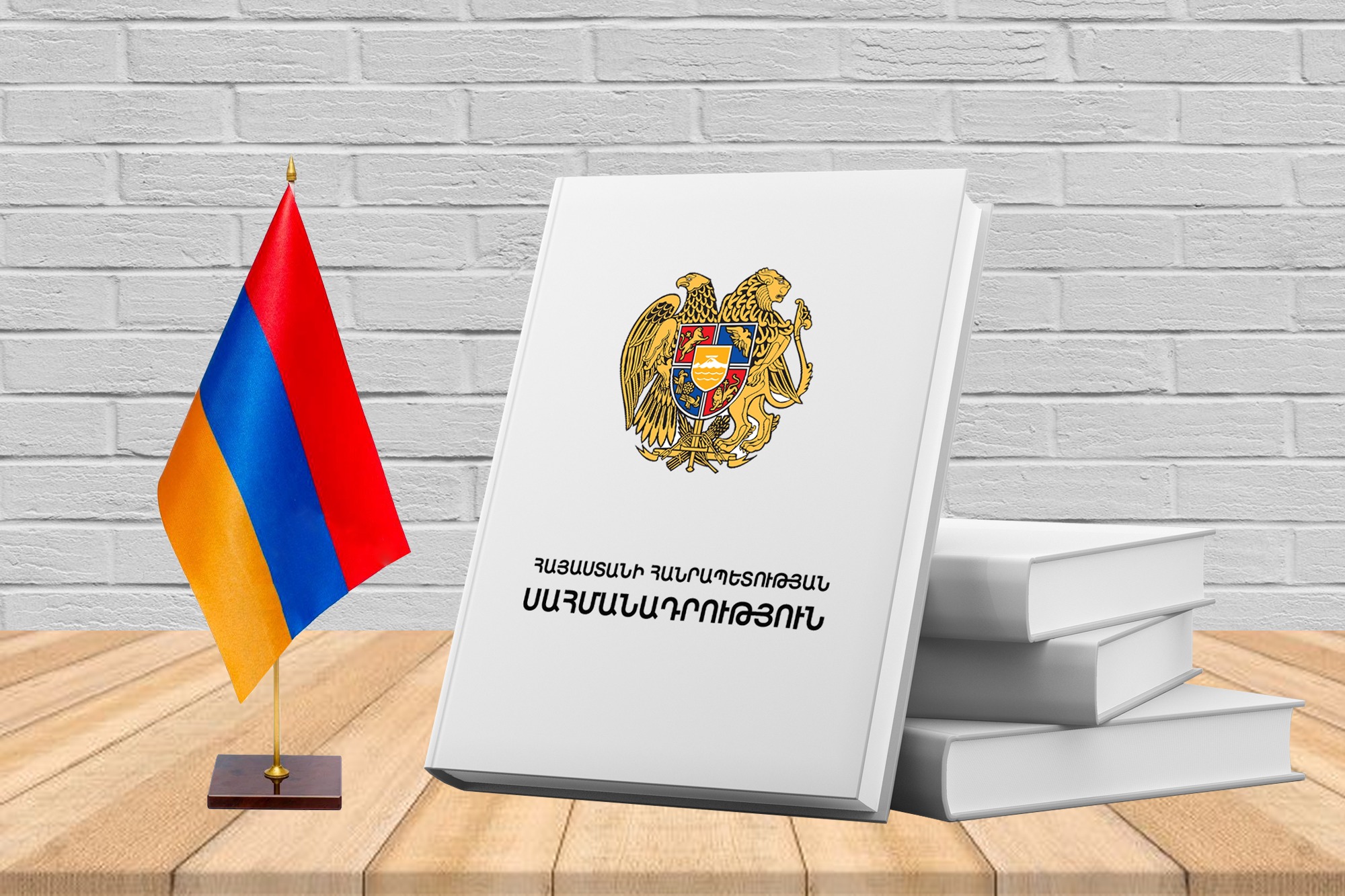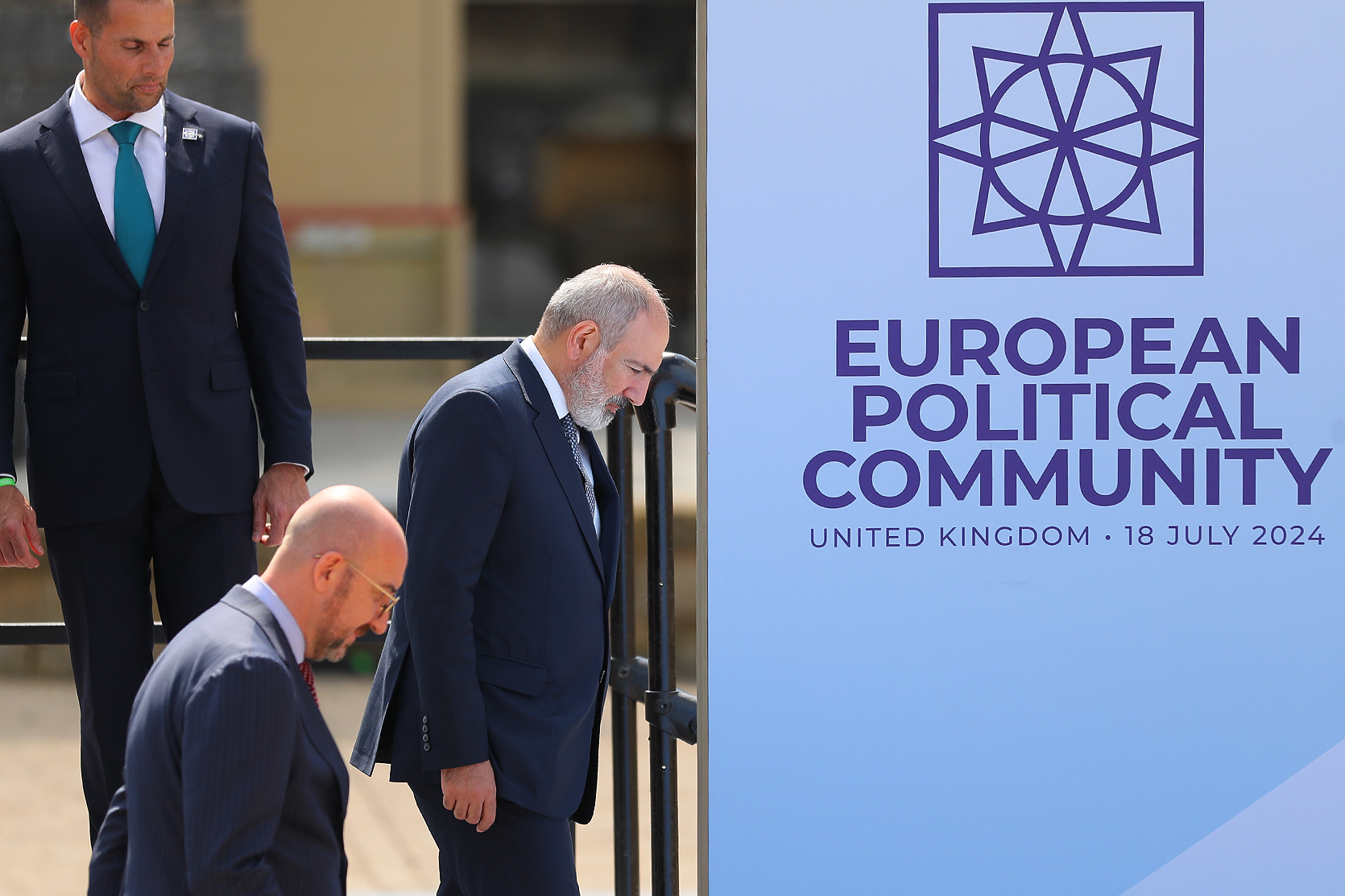"Changes should be made to the Constitution of Azerbaijan." An opinion from Yerevan
Azerbaijani Constitution changes
“The discourse on the need to amend the Constitution of Armenia in order to conclude a peace treaty between Armenia and Azerbaijan should be excluded at any level,” says political scientist Vahram Atanesyan.
For a long time, official Baku has claimed that the main obstacle to signing a peace agreement is the Constitution of Armenia. Specifically, they point to the need to amend the preamble of the Constitution, which references the Declaration of Independence. This declaration mentions the reunification of Armenia and Nagorno-Karabakh.
Vahram Atanesyan stated that the preamble of Armenia’s Constitution can only be amended if Azerbaijan changes its own Constitution to state that it is the successor not of the Azerbaijan Democratic Republic, but of the Azerbaijan SSR.
The analyst explains that the Azerbaijan Democratic Republic was proclaimed on the territory of the “eastern and southern Transcaucasia.” If Azerbaijan’s Constitution is not amended, it would imply that Baku has territorial claims against Armenia, particularly over the Syunik region of Armenia, and some territories in the Gegharkunik, Tavush, and Vayots Dzor regions.
- Yerevan and Baku to exclude one contentious issue from the peace agreement. What’s next?
- “Each side waits for a deus ex machina to solve their conflict on their terms.” Interview with EU Special Representative Toivo Klaar
- Why Baku threatens to “use its entire military arsenal”: Opinion from Yerevan
The position of the Armenian authorities
The Armenian side does not recognize the existence of territorial claims against Azerbaijan in its Constitution. Armenia considers changes to its Constitution an internal matter and believes that it should not be linked to the peace process.
The amendment of the Constitution in Armenia is viewed as a domestic issue of the state.
At the beginning of the year, Armenian Parliament speaker Alen Simonyan stated:
“There are provisions in Azerbaijan’s Constitution and legislation that should be mirrored with amendments as well.”
However, he did not specify what changes Armenia expects to see in Azerbaijan’s Constitution.
Foreign Minister Ararat Mirzoyan said, “Just as Azerbaijan noticed and presented this issue, Armenia also drew Azerbaijan’s attention to their legal framework, starting with the Constitution.”
Despite these statements, Yerevan has not yet made an official demand for mirrored changes to Azerbaijan’s Constitution. In general, Armenia believes that constitutional amendments should not be connected to the peace process.
Two months ago, the Ministry of Foreign Affairs reminded that the draft peace agreement includes a provision stating that the parties have no territorial claims against each other.
Furthermore, Yerevan and Baku have agreed to include a clause in this document stipulating that neither side can use its domestic legislation as a basis for failing to fulfill obligations under the peace treaty.
Commentary
Political scientist Vahram Atanesyan finds it significant that the president of Azerbaijan started discussing Armenia’s Constitution just as Russia was calling for changes to Ukraine’s Constitution.
Atanesyan points out that while Baku highlights “controversial provisions” in Armenia’s legislation, there are also sections in Azerbaijan’s own Constitution that need revision.
He recalls that on October 18, 1991, Azerbaijan’s Supreme Council adopted a constitutional act restoring state independence, in which Azerbaijan declared itself the successor to the democratic republic that existed from 1918 to 1920.
“This republic was declared over the territory of ‘eastern and southern Transcaucasia,’ a vague term. If needed, one could interpret it as referring to the land up to the Kura River or the Aras River. The description lacks precision,” Atanesyan explains.
He also notes that a 1919 map of the Azerbaijan Democratic Republic, sent to the Paris Peace Conference, shows Azerbaijan’s territory as 104,000 square kilometers.
These borders were never internationally recognized. However, the 1919 map included the Syunik region of Armenia and parts of the Gegharkunik, Tavush, and Vayots Dzor regions.

The expert believes that Azerbaijan’s Constitution is problematic not only for Armenia but also for Georgia, although he does not provide details regarding Georgia.
“All political forces in Armenia should jointly declare that the preamble of Armenia’s Constitution, which references the Declaration of Independence, can only be amended if Azerbaijan recognizes itself as the successor to the Azerbaijan SSR,” he insists.
Atanesyan argues that it is necessary to examine Azerbaijan’s current Constitution, identify any contradictions with international law, and present these issues to international partners.
“For example, if Azerbaijan is indeed the successor to the democratic Azerbaijan of 1918-20, then the Constitution should state that power in Azerbaijan belongs to its multinational people. Currently, it states that power belongs to the Azerbaijani people. Why is it not stated that power belongs to all the peoples of Azerbaijan, including Armenians, Russians, Talysh, Tatars, and Lezgins?” he concluded.




















